Today many are concerned about high cholesterol numbers. However, cholesterol is necessary for brain function, hormone production, mineral assimilation, bone function, metabolism, energy production and a healthy immune system. It is the building block of fat soluble vitamins A, D, E and K. Every cell membrane is made up of cholesterol (and saturated fats) which helps protect the cell. 20% of the myelin sheathing, which protects our nerve endings, is made up of cholesterol.1
It is important to understand the real purpose of cholesterol and how we can help our bodies naturally increase good cholesterol levels.
HDL (high density lipids) are ‘good’ cholesterol and act like big fluffy balls flowing through our system. Think of LDL (low density lipids) as little pellets. LDL’s can journey into the lining of vessels or into cells to heal wounds, inactivate toxins, or deliver needed supplies to cells. However, once they do their job, they are dead soldiers and become oxidized. Anything that is oxidized can start a chain reaction of negative oxidation in our bodies (like metal when it rusts).
HDL’s pick up oxidized LDL’s along the way and deliver them back to the liver for disposal. The trouble is many of us don’t eat enough healthy fats (like Omega 3 oils) to have high HDL levels, and our liver is overwhelmed from the chemicals and toxins we are exposed to daily. So the oxidized LDL’s keep circulating in the blood causing damage.
Considered the “cleanup crew,” HDLs greatly lower risk factors, even if the LDL levels are high. A good cholesterol test measures not only the numbers, but the ratio between HDL and LDL.2 If your HDL (good) is high, it can cause your number to be high, but there may be no cause for concern. The ratio needs to be considered and the ideal ratio of LDL to HDL is around 2.5 to 1 (but 3.5 to 1 is OK too). The ratio is derived by dividing the LDL number by the HDL number.
Factors found to increase bad cholesterol include emotional stress, trauma, injuries, toxins, chemicals in our food, sugar, and refined oils. This is because they cause inflammation. The body produces LDLs (the little pellets) to ‘put out the fire,’ heal wounds, and reduce inflammation.3
One of the best ways to help lower the bad cholesterol naturally (and help the good cholesterol do its job!) is to start with a liver detox. Then, cut back on packaged foods and those with added chemicals. Replace hydrogenated oils with olive, coconut, and omega 3 oils from flax seed, walnuts, and fish. Eat more fresh raw produce and stop smoking.4 Reduce stress through exercise and meditation and embrace a healthier lifestyle.
Cholesterol is not always the problem we think it is. Often it is a symptom of an underlying issue that the body is trying to resolve. If we bypass the body’s amazing healing mechanisms by suppressing symptoms, we are only sacrificing health for a quick fix and not giving the body what it really needs–whole nutritious foods that help our body rebuild and repair.
Jill Coleman has been a registered nurse for over 21 years working at a variety of Southern California hospitals including UCLA’s Heart Transplant Step-down Unit and LAUSC County Hospital’s Trauma Unit. She has studied holistic natural medicine since the late 1990’s, and promotes the use of medicinal grade, whole food and organic remedies. Visit her blog at www.JillColemanRN.com.
References: 1) http://www.livestrong.com/article/69148-purpose-cholesterol/ 2) http://www.mayoclinic.com/health/cholesterol-ratio/AN01761; 3) http://www.westonaprice.org/know-your-fats/skinny-on-fats#evidence; 4) http://www.cabothealth.com.au/health-topics/heart-health/cholesterol. Additional resources: http://cholesterol.emedtv.com/hdl/hdl-ldl-ratio.html; http://www.cholesterol-and-health.com./;http://www.westonaprice.org/know-your-fats/cholesterol-friend-or-foe Chavarro JI and others. A prospective study of dairy foods intake and anovulatory infertility. Human Reproduction, Issue 28, Feb 2007.; http://www.westonaprice.org/know-your-fats/skinny-on-fats#lipid





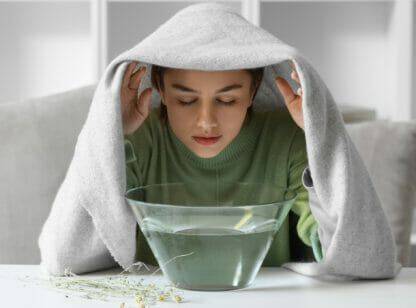
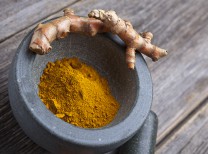
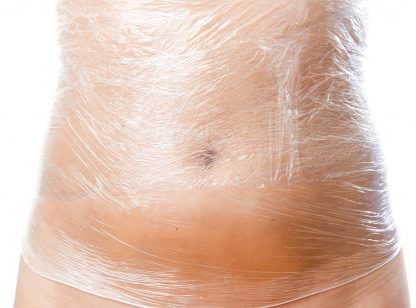
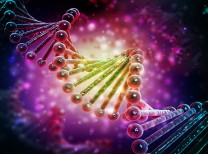





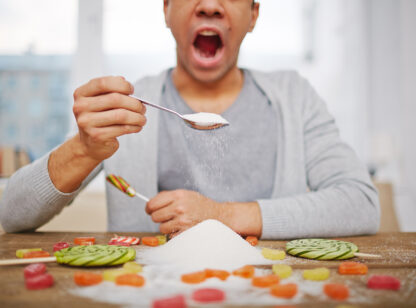
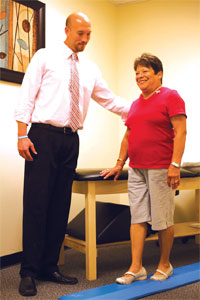
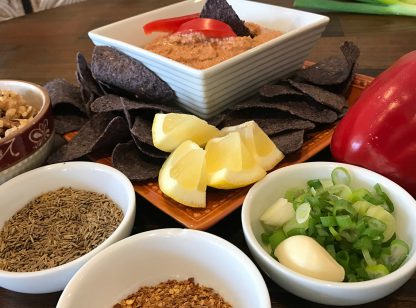




























Comments (0)